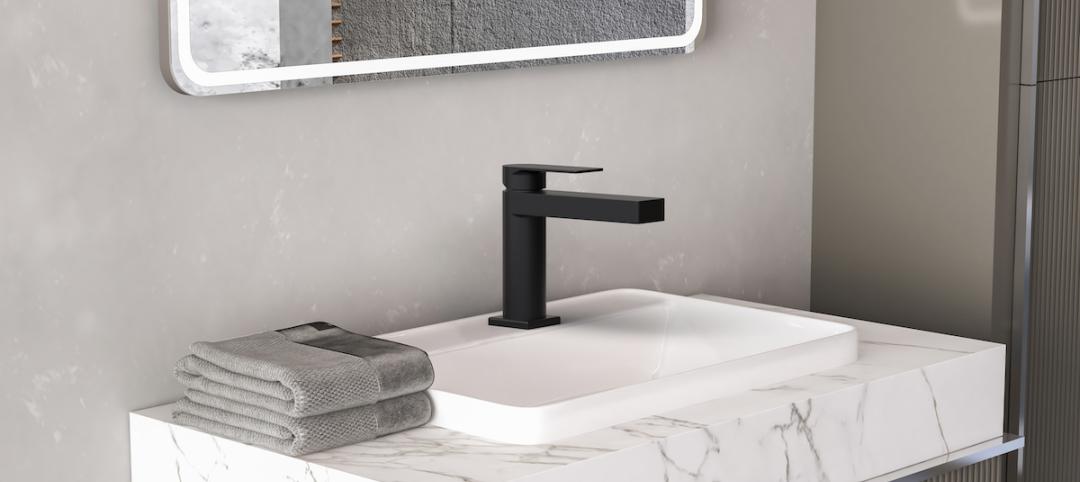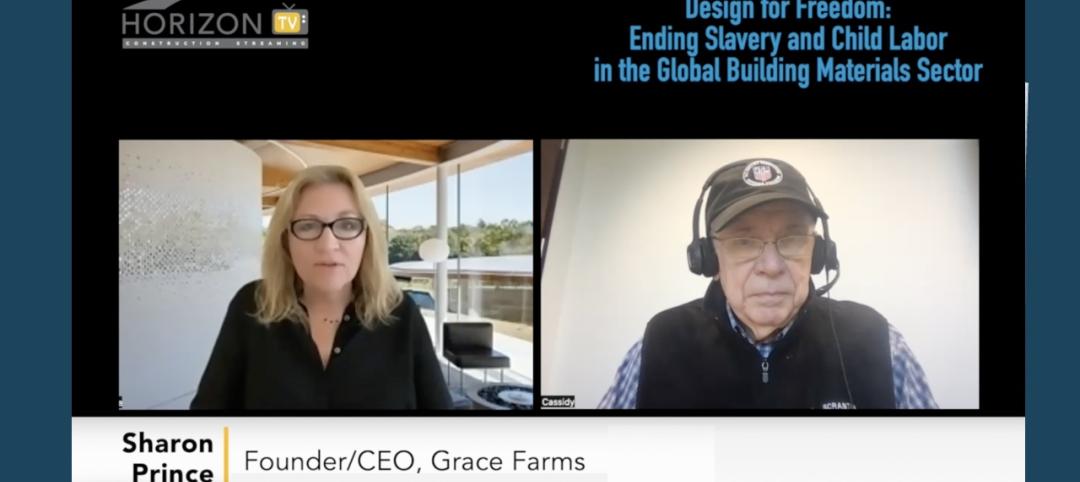Plumbing should always be looked at in the VE process, if for no other reason than there are a lot of units of pipe in a project. There are lots of places in a DWV system where value can be captured, but there are applications where what looks like value can mask risks that you might not want to take.
Because of financial realities, value engineering can often mean the difference between a project being shelved or a building being built. This creates tremendous pressure for VE practitioners to lower the first cost of any project. Often, this is a reasonable thing to do. The danger is that, when pushed too far, cost-cutting can add unacceptable risk, lower the value of the building and hide expenses in the total cost of ownership. That's what happened with the largest building project in recent NCAA history, the T. Boone Pickens Stadium at Oklahoma State University.
The Facts
In 2011, two years after the Stadium opened, a break in a plastic drain pipe was found. An inspection of the rest of the system revealed 15 other breaks. The football team was forced to abandon the facility for five months while contractors jackhammered thorough concrete floors to fix the problems.
Litigation was eventually settled in February 2015, for $700,000. The biggest portion of the settlement ($400,000) was paid by the firm that did the architectural, engineering and design work. The manufacturer of the water heaters used in the renovations, agreed to pay $125,000 of the settlement. This suggests that the maximum working temperature of PVC was exceeded, leading to collapse and failure. Unfortunately, this avoidable mistake is more common than it should be.
The Take-Aways
PVC can be used successfully below ground, but it requires careful installation and soil prep per ASTM D2321. Further, if its maximum working temperature will be exceeded, it can't be used. PVC is only a value when it doesn't fail. To make value engineering DWV systems easier to understand, we have prepared a downloadable brochure and handy checklist.

At Charlotte Pipe, we make both PVC and Cast Iron pipe. We are proud of the products that we make with both materials, but it doesn't do anybody any good when a fine material is used in the wrong application. If you have any questions about value engineering DWV systems -- even if you aren't using our pipe -- please call Charlotte’s Technical Services Department at 800-438-6091.
Related Stories
75 Top Building Products | Apr 22, 2024
Enter today! BD+C's 75 Top Building Products for 2024
BD+C editors are now accepting submissions for the annual 75 Top Building Products awards. The winners will be featured in the November/December 2024 issue of Building Design+Construction.
Plumbing | Mar 18, 2024
EPA to revise criteria for WaterSense faucets and faucet accessories
The U.S. Environmental Protection Agency (EPA) plans to revise its criteria for faucets and faucet accessories to earn the WaterSense label. The specification launched in 2007; since then, most faucets now sold in the U.S. meet or exceed the current WaterSense maximum flow rate of 1.5 gallons per minute (gpm).
75 Top Building Products | Dec 13, 2023
75 top building products for 2023
From a bladeless rooftop wind energy system, to a troffer light fixture with built-in continuous visible light disinfection, innovation is plentiful in Building Design+Construction's annual 75 Top Products report.
Codes | Jul 10, 2023
Water Demand Calculator outperforms traditional plumbing codes for energy, carbon, and water savings
Using IAPMO’s Water Demand Calculator tool can result in energy, carbon, and water savings as compared to using traditional plumbing specification methods in plumbing codes, according to a study by Arup.
Arenas | Jun 14, 2023
How Seattle’s Climate Pledge Arena is conserving water
More than 700 water closets, urinals, flushometers, and faucets combine to save water at the 18,300-person Climate Pledge Arena, in Seattle.
Plumbing | Jun 1, 2023
Olympia debuts a single-handle faucet for i4 Series for the bath
Olympia Faucets has introduced a new single-handle lavatory faucet (Model #L-6000) to its popular i4 series.
Codes | Mar 2, 2023
Biden Administration’s proposed building materials rules increase domestic requirements
The Biden Administration’s proposal on building materials rules used on federal construction and federally funded state and local buildings would significantly boost the made-in-America mandate. In the past, products could qualify as domestically made if at least 55% of the value of their components were from the U.S.
75 Top Building Products | Nov 30, 2022
75 top building products for 2022
Each year, the Building Design+Construction editorial team evaluates the vast universe of new and updated products, materials, and systems for the U.S. building design and construction market. The best-of-the-best products make up our annual 75 Top Products report.
Engineers | Nov 10, 2022
U.S. engineering firms cash in on a volatile, expanding market
New practices and markets drive growth for U.S. engineering and engineering-architecture firms. And firms are getting serious about reducing projects’ carbon footprint.
Building Materials | Nov 2, 2022
Design for Freedom: Ending slavery and child labor in the global building materials sector
Sharon Prince, Founder and CEO of Grace Farms and Design for Freedom, discusses DFF's report on slavery and enforced child labor in building products and materials.

















